It is forecasted that this year, the shrimp industry in our country will continue to face many difficulties when input prices increase and shrimp prices fluctuate in a downward direction. Therefore, the Ministry of Agriculture and Rural Development recommends that key shrimp farming provinces develop detailed plans and prepare solutions for the 2025 shrimp crop.
Shrimp industry faces many challenges
Recently, the Ministry of Agriculture and Rural Development coordinated with the People's Committee of Bac Lieu province to organize a conference to deploy the task of developing brackish water shrimp in 2025, chaired by Deputy Minister of Agriculture and Rural Development Phung Duc Tien. Before that, the working delegation of the Ministry of Agriculture and Rural Development conducted a field survey of high-tech shrimp farming facilities and disease-free areas for brackish water shrimp in Bac Lieu province.
According to the conference report, 2024 is a year when Vietnam faces many difficulties due to the impact of storms and floods, including the fisheries sector. However, with the participation of all levels and sectors nationwide, the fisheries sector still achieved very important results, contributing to the overall growth of exports and economic development.
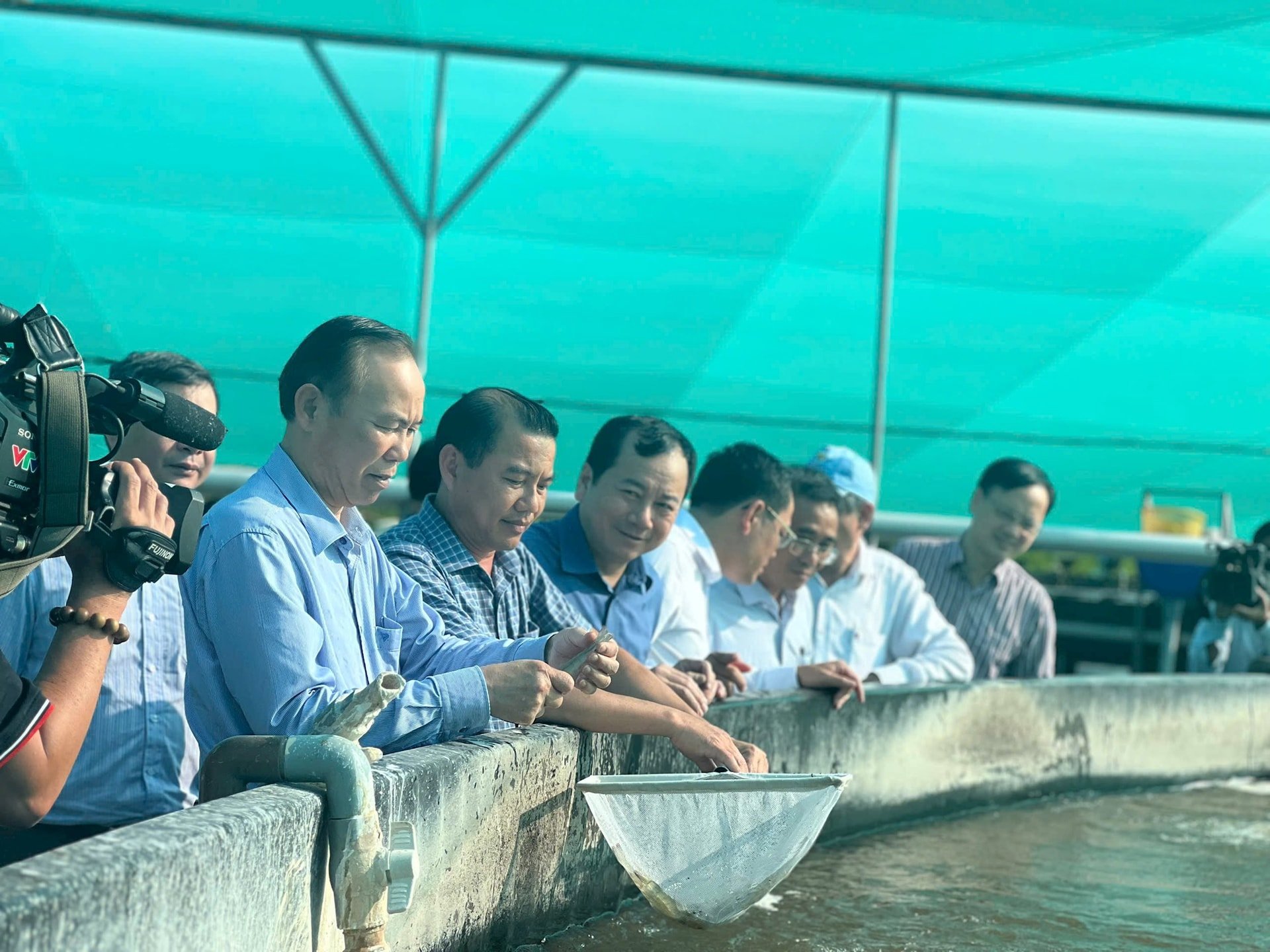
Delegation of officials from the Ministry of Agriculture and Rural Development visited the high-tech shrimp farming model of Long Manh HHMTV Company Limited, in Vinh Hau A commune, Hoa Binh district, Bac Lieu province. Photo: Nguyen Du
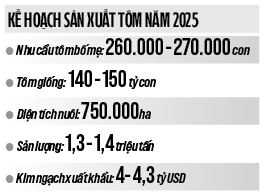
In 2025, it is forecasted that the aquaculture sector in general and brackish water shrimp farming in particular will continue to face many difficulties in terms of water environment, diseases, and seed quality... To develop the shrimp industry, Deputy Minister Phung Duc Tien suggested that localities need to pay attention to environmental work for brackish water shrimp farming; apply research on disease safety in shrimp.
Mr. Tien also emphasized that businesses and shrimp farmers must closely cooperate to reduce intermediaries, reduce production costs, contribute to improving economic efficiency from shrimp farming in general and brackish water shrimp in particular; strengthen information, propaganda, and transfer of science and technology to replicate biosafety farming models, bringing economic efficiency to shrimp farmers.
At the conference, delegates also pointed out that in 2025, input costs for shrimp farming will continue to increase; Vietnam will continue to face difficulties in price competition compared to major shrimp farming countries such as Ecuador and India. Enterprises will continue to face a shortage of raw shrimp; shrimp exports to the US will be affected by two anti-subsidy (CVD) and anti-dumping (AD) lawsuits... If there is motivation to support and remove internal shortcomings in production, processing and value chains, shrimp exports can make a breakthrough.
Mr. Ngo Vu Thang - Vice Chairman of Bac Lieu Provincial People's Committee said that, implementing the Prime Minister's conclusion allowing the development of a project to turn Bac Lieu into the center of the country's shrimp industry, from 2020 to present, the province has approved and implemented the project with the goal of taking the lead in research and application of science and technology for brackish water shrimp; becoming a focal point connecting provinces in shrimp production in the whole region.
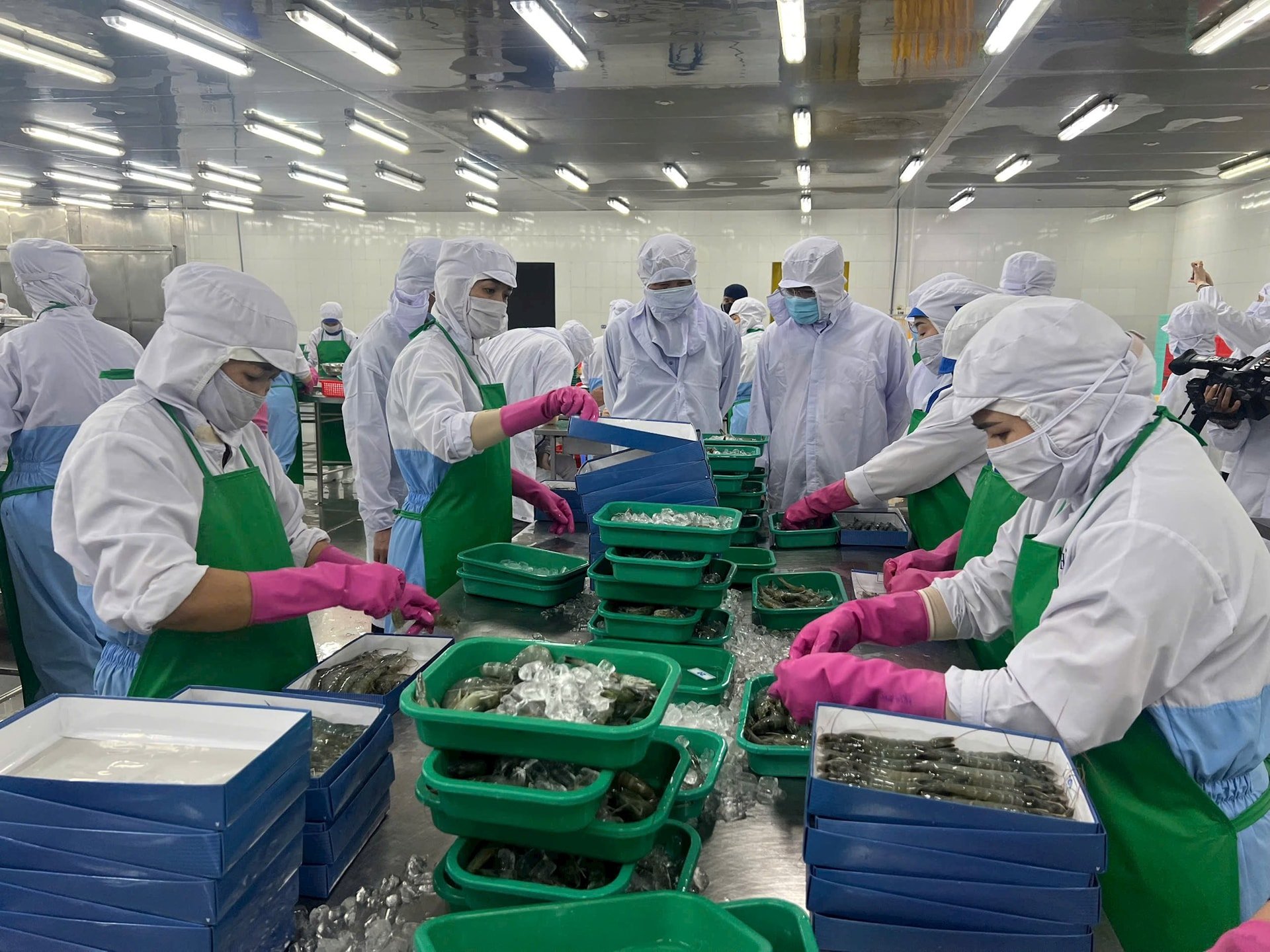
In 2024, Vietnam's shrimp exports will reach 3.9 billion USD, an increase of 14% compared to 2023. Photo: ND
Currently, Bac Lieu is leading the Mekong Delta region and is one of the leading provinces in the country in producing high-quality shrimp seeds (accounting for more than 50% of the Mekong Delta region and about 22% of the country). In 2024, Bac Lieu will produce 38 billion post-larvae of black tiger shrimp and white-leg shrimp; 900 million giant freshwater prawn seeds. Seafood export turnover in 2024 will reach 1.18 billion USD, an increase of 18% over the same period.
However, Mr. Thang also said that raw shrimp prices are fluctuating in a downward trend, while input material prices remain high, so shrimp farmers are facing great difficulties.
Well organized shrimp industry chain
To improve the quality of farmed shrimp and boost export activities in the coming time, delegates said that the brackish water shrimp industry needs to focus on developing stages in the shrimp production chain in the direction of high technology; applying advanced techniques, science and technology, suitable and effective for each farming method, prioritizing water circulation technology; organizing well the work of farming registration and granting codes to brackish water shrimp farming facilities; organizing production in the direction of linkage, production with quality certification to produce safely, reduce costs and ensure product output.
According to Deputy Minister Phung Duc Tien, the technical and economic indicators of shrimp farming have not yet made a breakthrough. 260,000 pairs of parent shrimp have to be imported each year, and some shrimp seed production facilities are still approved for disease. The conditions for shrimp seed production have not met the standards of countries in the region and internationally, so the growth rate is still limited. In addition, the feed consumption index for shrimp is still high, which is the reason why the shrimp industry is not competitive with Ecuadorian and Indian shrimp.
Faced with these shortcomings and limitations, Deputy Minister Tien suggested that localities need to organize good linkages, ensure the shrimp production chain operates continuously; promptly prevent input materials that do not ensure quality, from breeds, aquatic feed to environmental treatment products for farming... Effectively carry out environmental monitoring and warning work to promptly advise and warn farmers; guide disease prevention and control measures, effectively implement technical solutions for effective shrimp farming, and minimize damage to farmers.
According to the Department of Fisheries, brackish water shrimp farming production in 2024 reached and exceeded the set plan with a farming area of 749.8 thousand hectares, an increase of 1.7% over the same period in 2023. Brackish water shrimp farming output in 2024 reached 1,290.5 thousand tons, an increase of 15.3% over the same period in 2023. In 2024, the whole country produced and raised 159 billion shrimp, of which 109.8 billion were white-leg shrimp and 49.2 billion were black tiger shrimp, reaching 103.55% compared to 2023. The key shrimp seed production provinces are Ninh Thuan, Binh Thuan, Bac Lieu, and Ca Mau, accounting for about 90% of the total production facilities and 60% of seed output.
Source: https://danviet.vn/go-bat-cap-noi-tai-dua-nganh-tom-but-pha-20250220152354706.htm








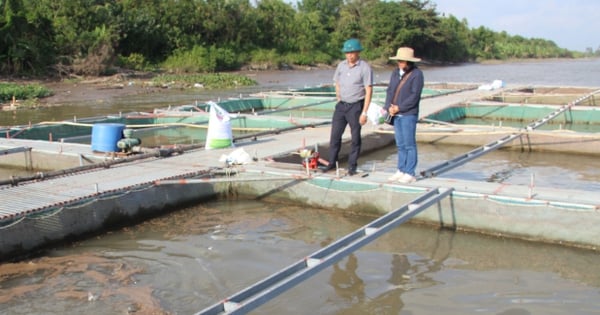
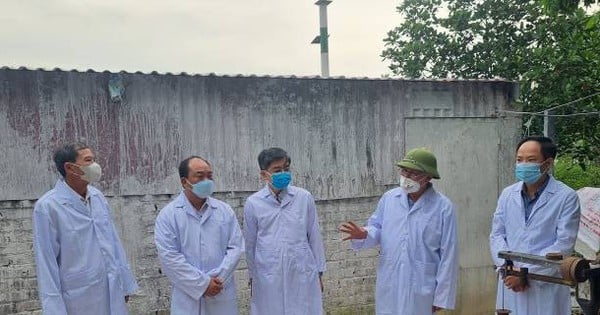
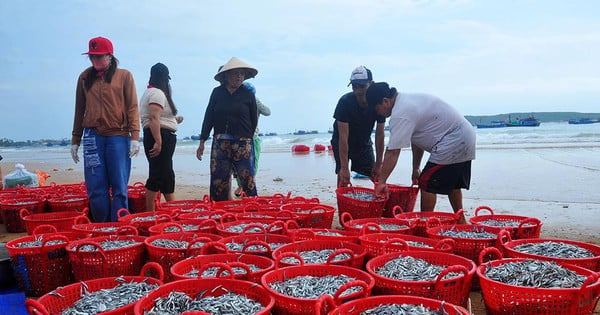
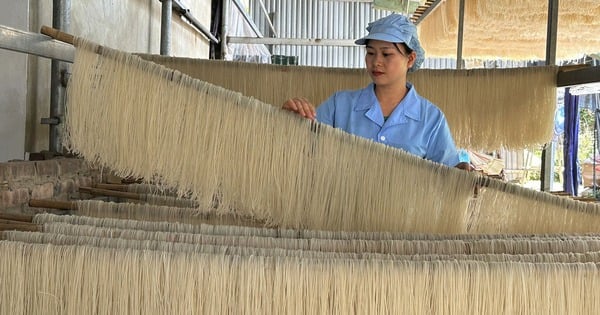
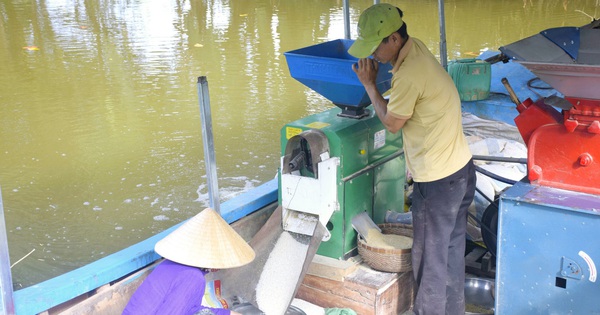
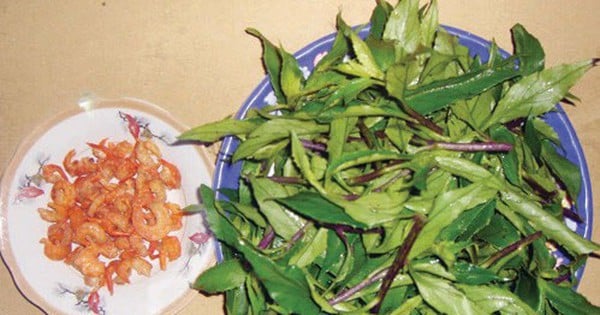


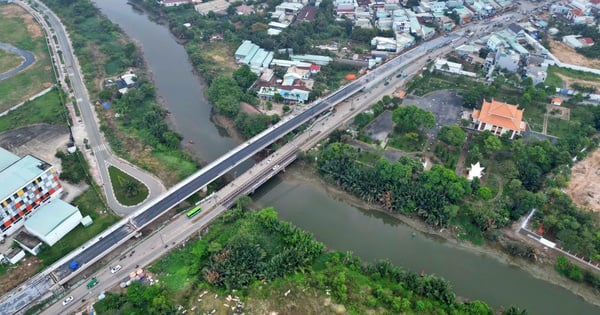
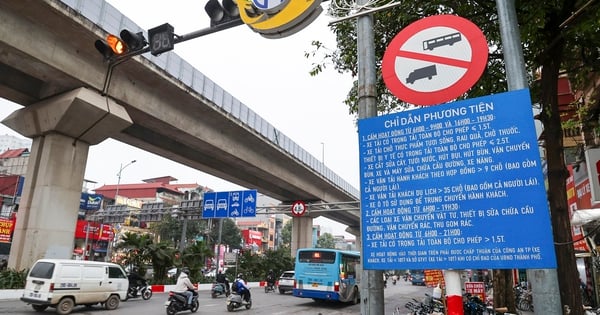
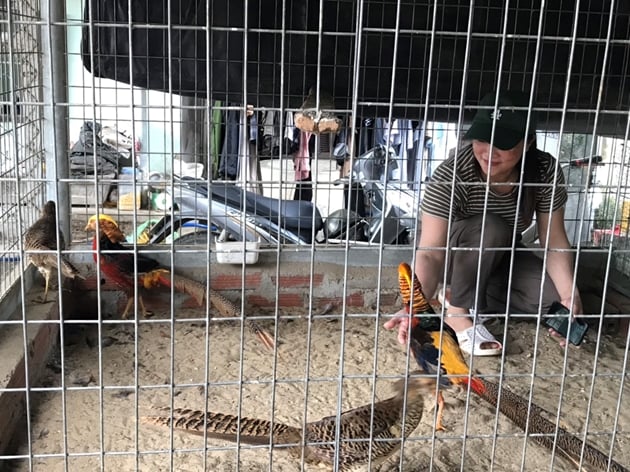










Comment (0)